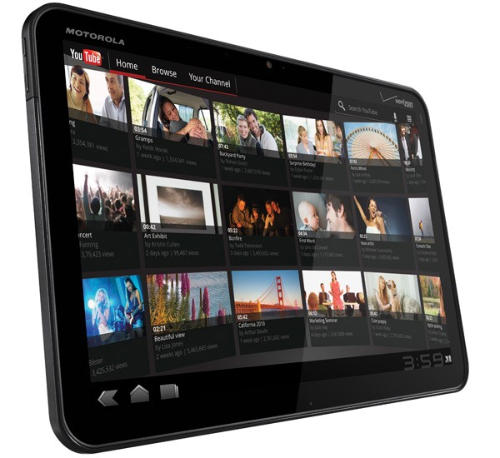Best of the Internet: American Road Warrior’s Fall Roundup
The Internet is all about sharing the best finds and once a year we like to take a fresh look at what’s new and exciting whether you travel frequently or not. While the primary focus of Nerd Vittles is VoIP technology, you can’t provide the best VoIP solutions without also exploring network and cellular technology. And, as the old saying goes, all work and no play makes Jack a dull boy. When we travel for more than a day or… Read More ›



